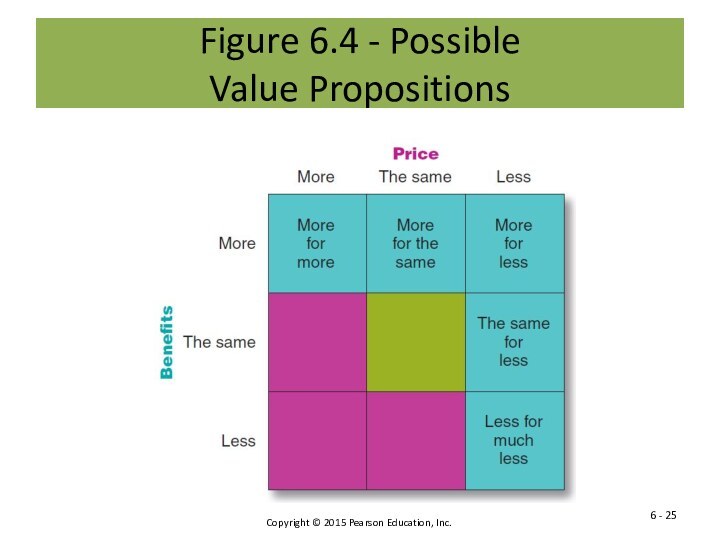customer-driven marketing strategy: market segmentation, targeting, differentiation, and positioning.
List
and discuss the major bases for segmenting consumer and business markets.6 -
FindSlide.org - это сайт презентаций, докладов, шаблонов в формате PowerPoint.
Email: Нажмите что бы посмотреть































6 -
6 -
6 -
6 -
6 -
6 -
6 -
6 -
6 -
6 -
6 -
6 -
6 -
6 -
6 -
6 -
6 -
6 -